The Bosphorus is one of the busiest maritime passages in the world. With nearly 43,000 vessels passing through in 2017, the Bosphorus sees nearly three times the traffic of the Suez Canal.
The natural waterway cuts through Turkey’s Istanbul and divides the country between two continents – Europe and Asia. It is a corridor for commuters, travellers, merchant vessels, and residents who are looking to escape the hustle and bustle of an overflowing city.
“[The Bosphorus] is one of the most strategic waterways of the world,” Selman Orun, the captain of a passenger ferry in Istanbul told TRT World.
“Since ancient times, it has many important roles. It is the only passage from the Black Sea into the Sea of Marmara. And also, it is the only passage to the Mediterranean from the Black Sea along with the Dardanelles Strait. This strategic location has hectic traffic,” he explained the congestion along the vital route.
But if things go according to plan, it won’t remain the only waterway passage through the city.
Parallel to the strait, the Turkish government is planning to build ‘Canal Istanbul’ in the northern part of the city. Canal Istanbul will link the Black Sea and the Sea of Marmara, north and south of Istanbul. The is the largest construction project undertaken by the governing Justice and Development Party.
“The formation of a new strait in Istanbul will be advantageous by removing the risk to Istanbul’s culture and historic buildings, which we endanger every day by letting cargo ships and tankers through [the Bosphorus],” explained Dr Mustafa Ilicali, a professor of industrial engineering at Istanbul Commerce University and former AK Party parliament member representing Erzurum.
“We can never get these back if we lose them. In the past 10 years, six out of 10 of the world’s largest projects were undertaken in Turkey. With this project, we will have undertaken the largest project in the world in the last decade.”
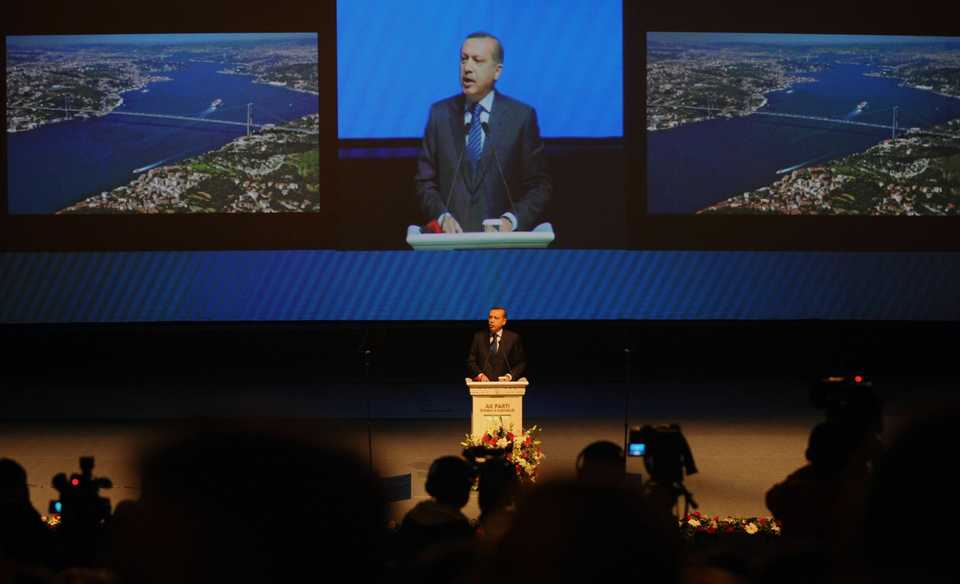
Turkey’s President Recep Tayyip Erdogan, prime minister at the time, first proposed the canal in 2011, calling it a “crazy project.”
Underscoring the project as a “world brand” in many of his speeches, Erdogan also reiterated the plan for the Istanbul Canal after a cargo ship rammed into the shore of the Bosphorus. The April 7 crash caused extensive damage to one of historic Istanbul mansions dotting the iconic shoreline.
TRT World’s Joseph Hayat reports from Istanbul.
“The Bosphorus’ vital route is generally congested and of strategic importance. It is a difficult-to-navigate waterway. The difficulty comes from its narrowness and sharp curves,” Cahit Istikbal, a pilot and president of the Turkish Maritime Safety Association said.
What is the Istanbul canal project?
The canal will be an artificial sea-level waterway that will connect the Black Sea to the Sea of Marmara and the Mediterranean, becoming an alternative for the global shipping lane. It is planned to be completed by 2023, according to Anadolu Agency.
It will also redraw the map of one of Europe’s biggest cities, turning Istanbul’s western side into an island.
The project is expected to cost approximately $15 billion.
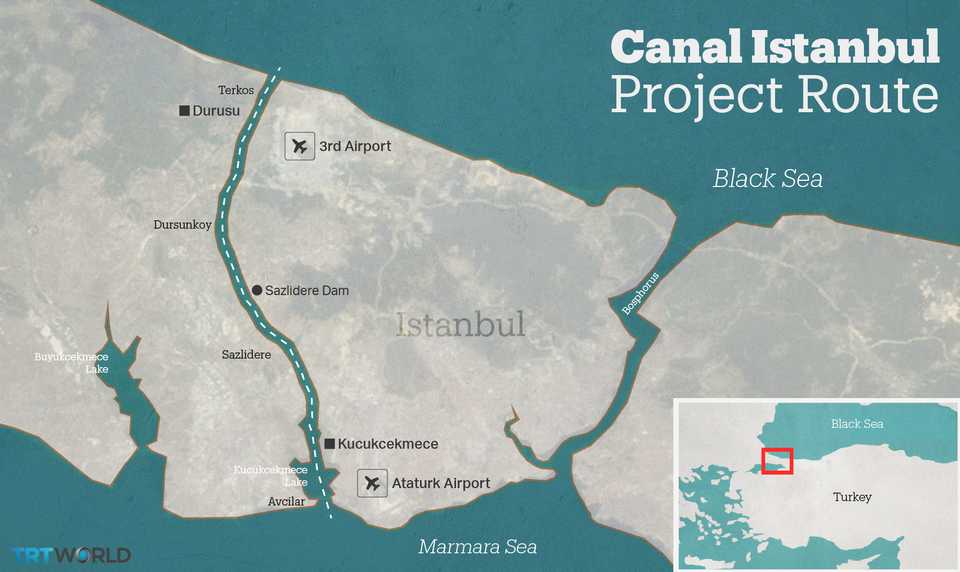
The 45-km (nearly 28 miles) canal will be built in Istanbul’s Kucukcekmece-Sazlidere-Durusu corridor. It is projected to boast a capacity of 160 vessel transits a day – roughly equivalent to the current volume of traffic through the Bosphorus, where traffic congestion leaves ships queuing for days off the strait.
Turkey’s former minister of transport, maritime affairs and communication Ahmet Arslan said the route would start from Kucukcekmece Lake, which is located between Istanbul’s districts of Esenyurt and Avcilar on the European side, and will continue to the north passing Istanbul’s Sazlidere Dam and finally reach the Black Sea from the east of Terkos Dam.
The route was announced in January after a review of five alternatives.
According to the information obtained by Anadolu Agency from Turkey’s Ministry of Environment and Urban Planning, the depth of the canal will be nearly 25 km (16 miles) and the width will change from 250 metres to 1 km allowing manoeuvring space for the ships.
“There is a construction period of 5 years. Digging will start in 2019, and the project will be completed by 2023, the 100th anniversary of the founding of our Republic,” IlicaliI says. “I do not think the project will be delayed. The project is very detailed, the method of financing has been calculated, and all necessary measures have been taken,” he told TRT World.
“The ministry at the forefront of the planning, implementation, and budgeting the project is the Ministry of Transport and Infrastructure,” he shared.
Why build a canal?
While, according to Ilicali, the benefits of Canal Istanbul are endless, the driving force remains reducing traffic on the Bosphorus and the urbanisation of Istanbul suburbs.
The canal will reduce traffic on the Bosphorus, “As there is no alternative route at the moment, transitions to the Black Sea result in congested traffic,” Ilicali said.
Since ships passing through the Bosphorus carry dangerous goods, an alternate route will reduce the risk posed to one single strait, he added.
“Canal Istanbul is not just a canal project. New parks and buildings will be built around the canal and merged with the rest of the city, contributing to urbanisation,” the professor said.
“The threat of an earthquake is ever present for Istanbul, and the city is not ready. That is why urban transformation is required and a healthy city must be created. Increasing accessibility and facilitating mobility makes a major contribution to the development of the city,” he said.
“The canal will bring great prestige … in addition to significant revenue,” Ilicali told TRT World.
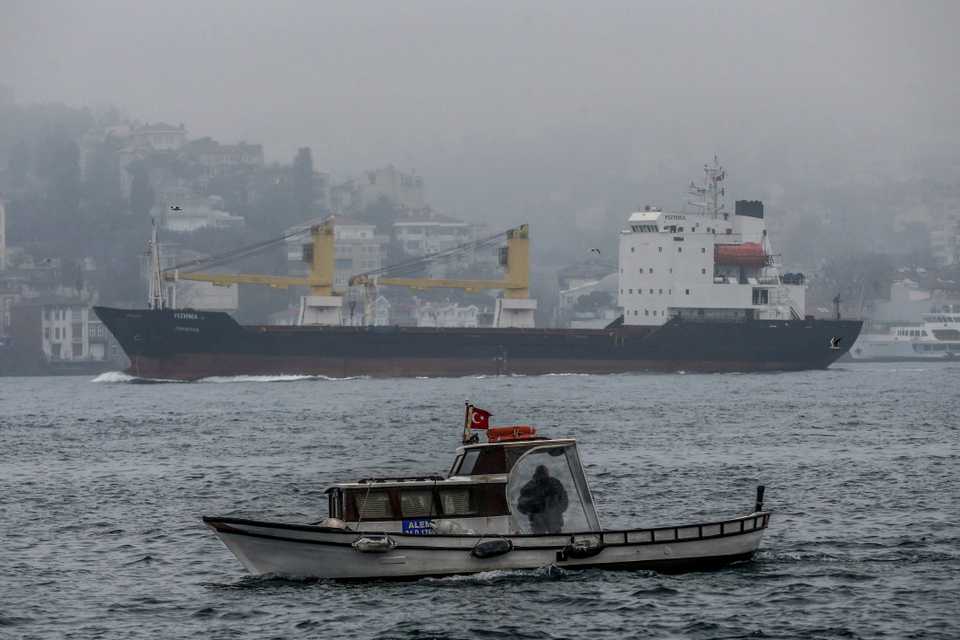
8 billion reasons why
The government is expecting to generate approximately $8 billion in revenue per year from Canal Istanbul, thanks in part to the service fee for transits, former minister Arslan said.
The new canal would not be subject to the 82-year-old treaty, the Montreux Convention, which guarantees international vessels passage through the Bosphorus without having to pay an entrance fee. However, whether new treaties will be drawn up or other Black Sea region countries would want a say in this new channel remains to be seen.
“We are also planning [to build] ports, logistic centres and artificial islands to be integrated with the canal route in this corridor,”Arslan added. The artificial islands will be built using soil dug for the canal.
The canal’s construction is expected to disrupt critical water sources serving Istanbul’s European side. But, the minister said, the problem will be sidestepped; freshwater will be piped under the canal instead.
“All of the major highway and railway projects planned by the municipality for the future and that will cut through the canal will be taken into account and integrated accordingly,” said Ilicali, who was also the former advisor to the Istanbul Metropolitan Municipality chair.
“A Halkali-Kapikule high-speed train will be integrated as well as TCDD train projects. Yenikapi-Sefakoy-Beylikduzu and Mahmutbey-Esenyurt metro lines will also be integrated with the canal project,” he told TRT World.
“The D-100 highway crossing, Tem highway, and Sazlibosna highways will be integrated with the canal and bridges across the canal will be built accordingly along their routes,” Ilicali said.
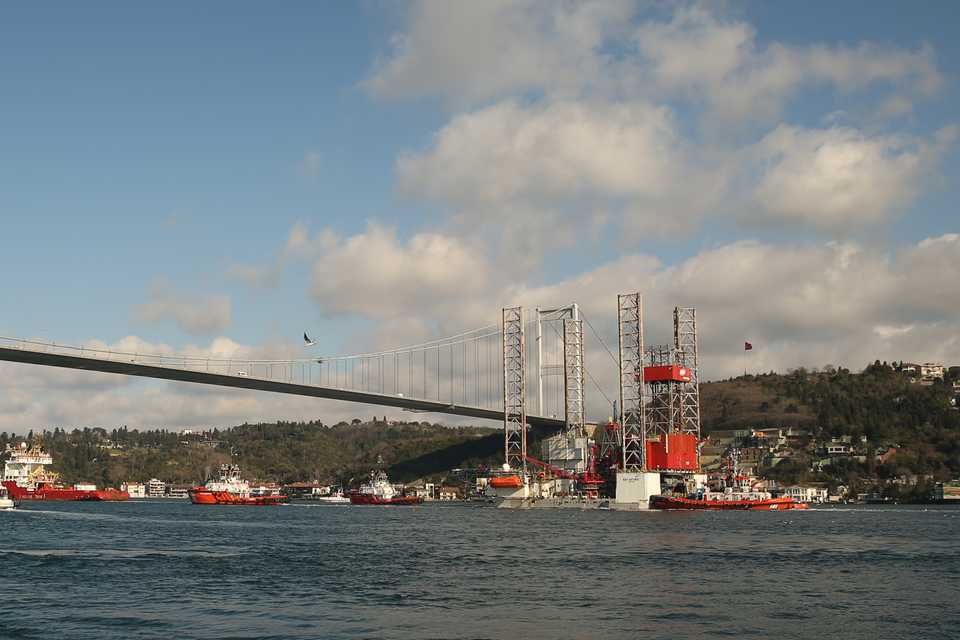
Megaprojects mean mega-cost
Canal Istanbul will not be financed by the Turkish government alone. Instead, a build-operate-transfer finance model is being employed. This will allow concessions to a private company to finance, build and operate the project.
Arslan says the project would also be funded through public-private partnerships, as reported by Reuters.
Embarking on such a costly infrastructure project is rather ambitious considering the recent drop in the value of the lira against the dollar.
Critics argue that Turkey faces many challenges going forward with the project, calling it unnecessary spending and questioning whether Turkey can afford a costly project with persisting inflation and a considerable budget deficit.
“Unlike Egypt and Panama, Turkey already has a natural seaway, so why spend billions of dollars on such a fantasy?” Serkan Demirtas wrote in Hurriyet Daily News.
However, Turkey hopes to reap financial benefits from the project.
Massive investment in real estate and other projects around the canal is expected. The surrounding land has already become a highly sought-after commodity with many locals waiting to sell their property to firms looking to develop the area.
Cihad Aksoy, from FGA Grup real estate agency, estimated prices per square metre have gone up by at least 50 percent in some areas.
What about the environment?
A vast multitude of vessels carry dangerous substances and pass through the Bosphorus every day.
Erdogan has said the project would help avoid environmental disaster in the Turkish straits, but critics argue that more damage will be done by undertaking the project.
Environmentalists say the canal would pave the way for further development in the city’s north, advancing the destruction of forests there.
Istanbul’s northern forests “are the city’s lungs.” Afik Burak Atlar of Istanbul’s Chamber of Urban Planners said.
“The canal will demolish two basins that provide nearly a third of Istanbul’s fresh water,” The Union of Chambers of Turkish Engineers and Architects (TMMOB) said.
‘Changing the ecosystem of the seas’
The project has the potential to severely impact the climate and balance of minerals and nutrients in the Black Sea and surrounding areas, and would deplete oxygen levels in the Sea of Marmara, reported Reuters.
“There are two flows in the Bosphorus. At the bottom of the Bosporus there is a [denser] flow going north, from the Mediterranean to the Black Sea, and at the surface another flow coming south,” Cemal Saydam, a professor of environmental engineering at Hacettepe University in Ankara, said.
He adds that because the Marmara Sea is saltier than the Black Sea, a change in the salinity once they are joined could alter sea currents and temperatures, destroying marine life as a result, according to Saydam’s research.
The project will increase oxygen levels in the Black Sea, impacting the wildlife population and the natural ecosystem so vital for marine animals.
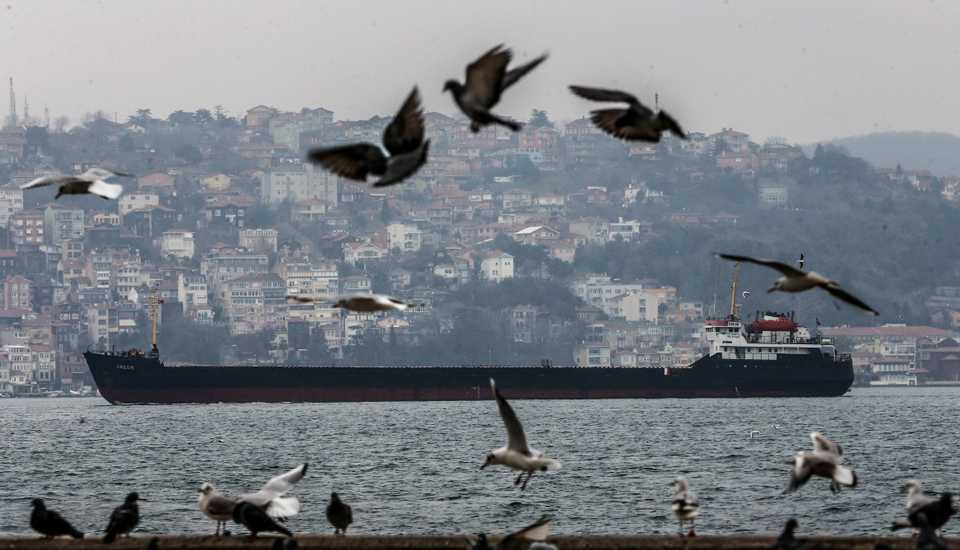
What has been done so far?
“Numerical model studies have been done as well as earthquake, tsunami and wind risk assessments. Geological surveys were conducted and integrated projects were considered,” Ilicali said.
“All of the risks [the canal faces] are engineering problems, meaning they can be solved. The project’s environmental impact has been minimized after studies with professors from the country’s best universities. My university will definitely play a supporting role,” he added.
The Environment and Urban Ministry was moving ahead to acquire land along the canal route, and develop plans with contractors. “Canal Istanbul is the most important project in our ministry’s 100-day action plan,” Minister Murat Kurum was quoted by Anadolu Agency.
The 100-day action plan refers to the aims of Turkey’s new presidential Cabinet following the June elections.
“Construction will start after the compilation of studies. Any steps taken will be in line with international law,” Ilicali said.
When asked how to ensure vessels will use the Istanbul canal rather than continue using the Bosphorus, Ilicali replied, “Vessels will prefer the new Istanbul canal in terms of risk. While navigating the Bosphorus is very difficult, the canal will be manmade and straightforward,” explained Ilicali.
“The countdown to construction has begun,” Ilicali remarked.

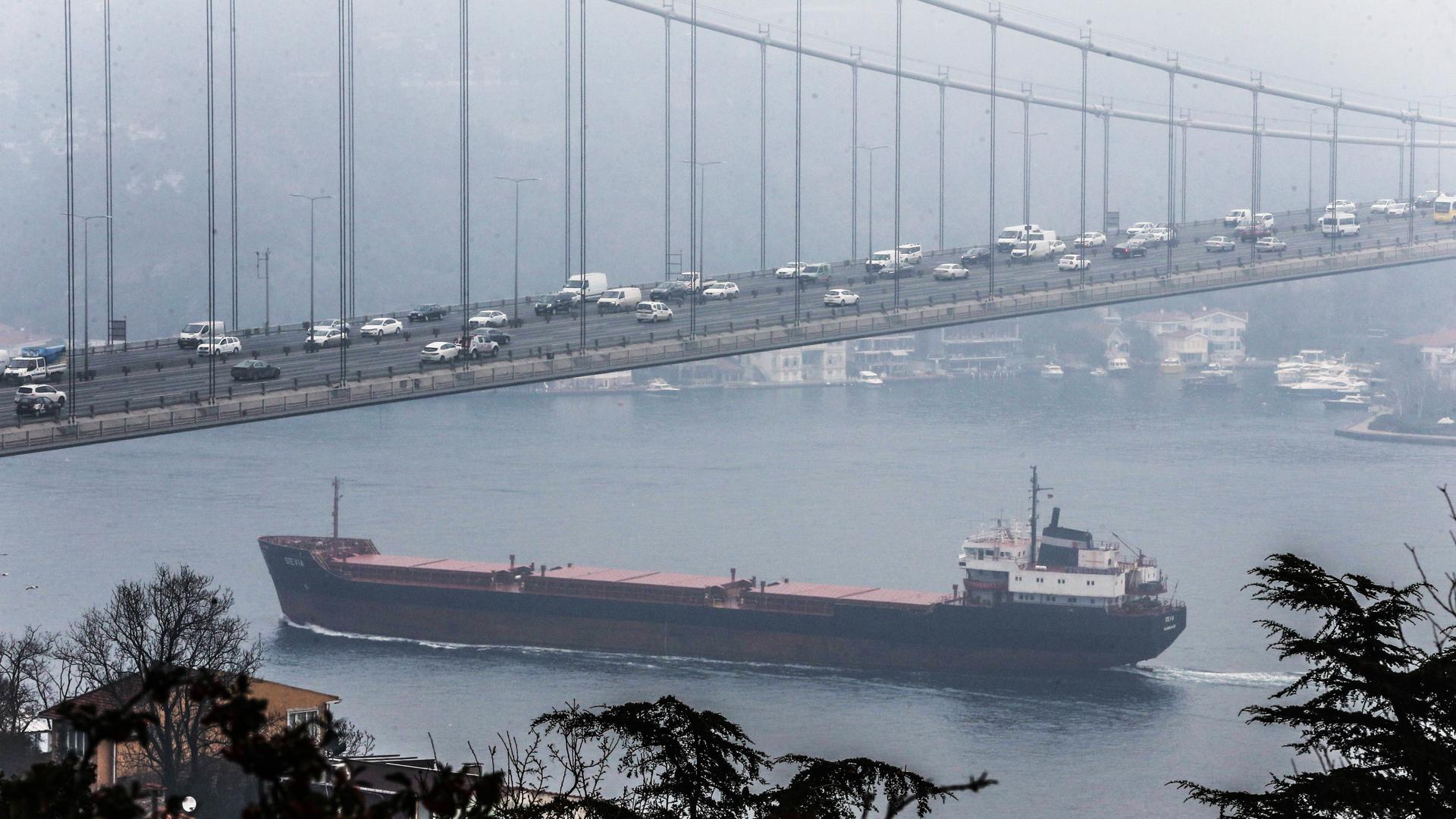








Discussion about this post